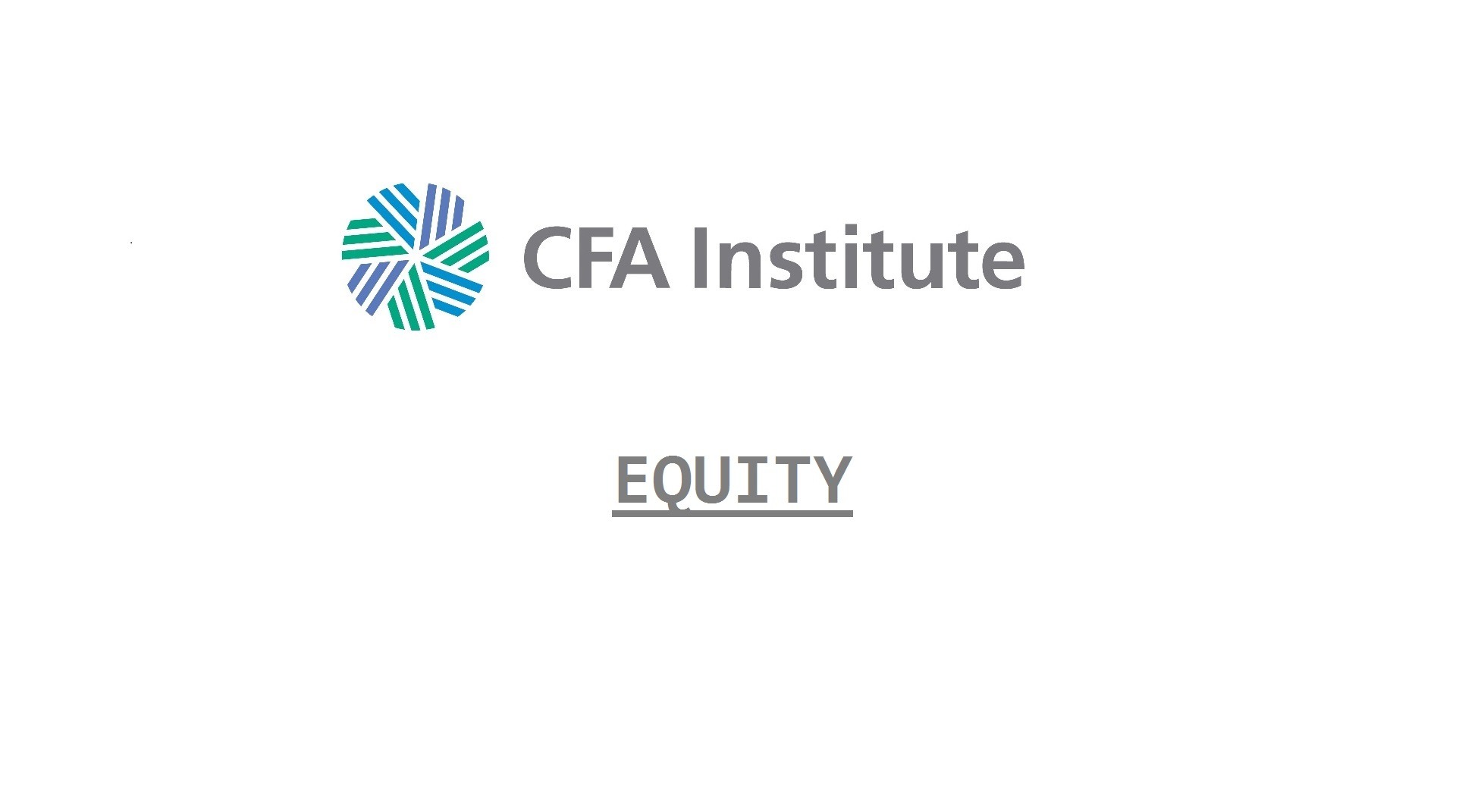Dividend discount models use dividends paid to shareholders as the valuation cash flow. This can be easily justified, as the value of a company can be seen as the present value of the all the future cash flows that the dividend shareholder would be expected to receive. Dividends are generally less volatility then other cash flow measures as well.
Some downsides to the model are that not all firms pay dividends all the time and if the dividend policy is not one reflective of the firm’s ability to create value, then they should not be used in valuation.
Thus, dividends are appropriate as a measure of cash flow when:
- The company has a history of dividend payments.
- The dividend policy is clear and related to the earnings of the firm.
- The perspective is that of a minority shareholder.
Free cash flow to the firm (FCFF) is defined as the cash flow generated by the firm’s operations that is in excess of the capital investment required to sustain the firm’s current productive capacity. Free cash flow to equity (FCFE) is the cash available to stockholders after funding capital requirements and expenses associated with debt financing.
Free cash flow models can be widely applied as they are not dependent on capital structures or dividends. They also have an ownership implication which makes this measure particularly useful for controlling shareholders and potential buyers.
There are some instances when FCF models are not appropriate, such as when cash flows are negative.
Residual income is the excess earnings of a company over the investor’s required rate of return. Residual income models can be used when free cash flows are negative, and dividends are not paid out. The downside is that residual income models are difficult to apply due to their inclusion of accounting accruals. Firms with poor or opaque accounting disclosures would be very difficult to value using residual income.
